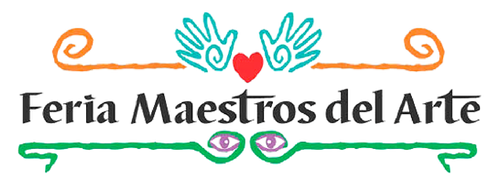
Celerino Catalán Vazquez, El Nith, Ixmiquilpan, Hidalgo
Celerino C. Vazquez lives in the state of Hidalgo where he pursues his craft of inlaying abalone shell into miniature and larger-size wood creations such as guitars, pianos, harps — each miniature item comes in its own handcrafted box called a copa with sliding lid.
All residents in the town where Celerino lives, work with shell. He inherited the craft of inlays from his father, a craft that has all but disappeared in Mexico. Abalone shell had been a prized material since the Toltecs in every Mesoamerican tradition of artifact. Spratling combined abalone shell with rosewood and ebony in some of his great jewelry art.
It takes years to learn to unlock the secrets of the wood and the shell. This Mexican folk art embraces great beauty, quality, skill and is one of the finest and most delicate of Mexican crafts. Juniper is the wood of choice used for Celerino's creations. His tools include the compass, drills, knives, different types of files, saws, emery wheels, jeweler's saws, wooden pliers, dies, a vise, hand drill, electric saw, electric lathe, sandpaper, and small punches.
The decision for just the right decoration or inlay (incrustado/embutido) of the abalone is an important part of the process. Before cutting out the designs from the shell, it must be prepared. Using an emery wheel and other implements, he cleans and smooths the surface, wearing down the shell until he achieves the desired thickness. Next, he meticulously inspects the material to ensure that it is smooth, compact and without lumps, holes or pores that would render it unusable.
Then, he cuts the shell into strips of varying widths that run from 0.8cm to 2 cm. Working on pieces of wood attached to his table, he cuts out the tiny decorative motifs from these strips, following the patterns he has traced on them with a compass or pencil. While cutting, he holds the shell in place with wooden tweezers.
The surface of the wood where the inlay will be placed is given a coating of polyvinyl that serves as an adhesive. Using tiny tweezers, he places the shell onto the wood. When the adhesive sets, he covers the object with a paste made from water and burnt bone which, when it comes in contact with the polyvinyl, forms at thick covering. When the paste has dried, he polished the piece with sandpaper and emery until the inlay work is exposed. The object is finished, wood and shell united.
Av. Luis Chavez Orozco #323
El Nith, Ixmiquilpan, Hidalgo
759 723 8488 or 771 152 0943

